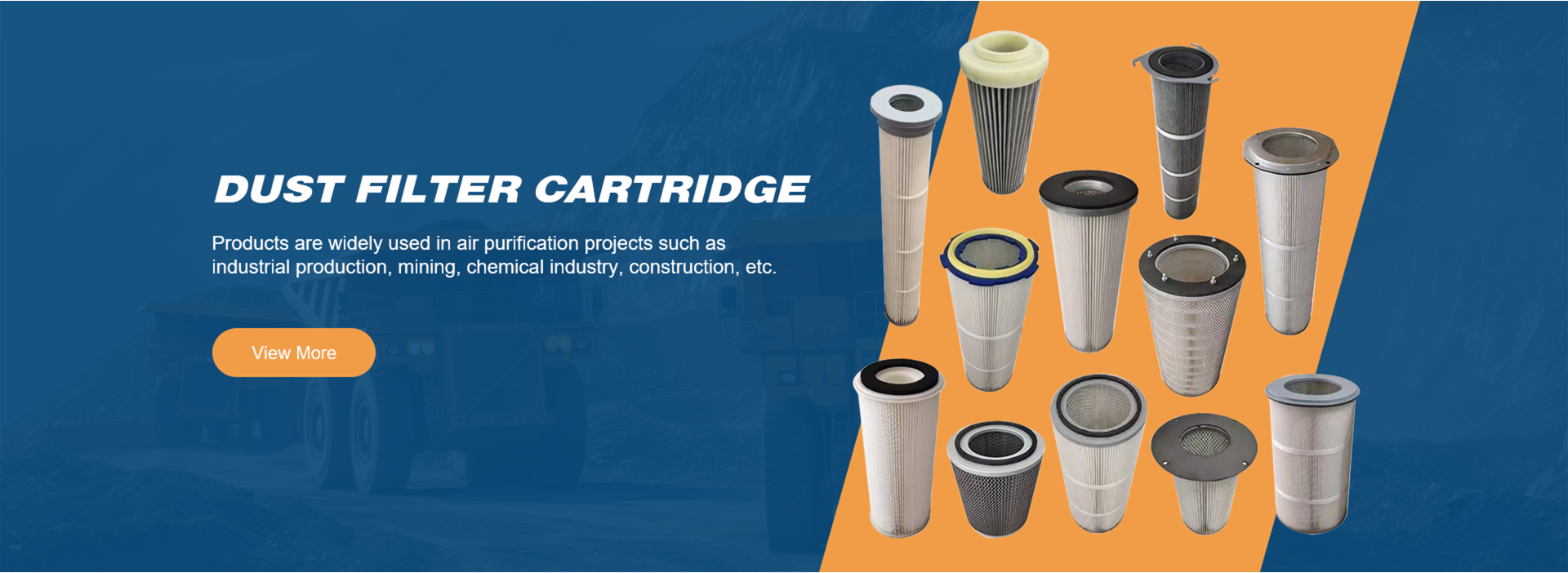 Tel:
+8615930870079
Tel:
+8615930870079
Nov . 09, 2024 11:48 Back to list
Antistatic Filtration Systems for Enhanced Performance and Safety in Sensitive Environments
Understanding Antistatic Filter Elements A Comprehensive Overview
In our technologically driven world, we increasingly rely on sensitive electronic equipment that can be adversely affected by electrostatic discharge (ESD). To protect these devices during various processes—ranging from manufacturing to packaging—antistatic filter elements have emerged as a crucial component in maintaining operational safety and equipment longevity.
What are Antistatic Filter Elements?
Antistatic filter elements are specialized filtration systems designed to reduce or prevent static electricity buildup. These elements are typically used in environments where static can pose serious risks, particularly in industries such as electronics, pharmaceuticals, and food production. The primary function of these filters is to not only trap particulates and contaminants but also to mitigate the formation of static electricity, which can lead to dangerous sparks or malfunctions.
How Do Antistatic Filter Elements Work?
The operation of antistatic filter elements revolves around the incorporation of conductive or dissipative materials into the filtration medium. These materials help to dissipate static charge by conducting electricity away from buildup points, thereby neutralizing the potential for an ESD event. When particles pass through the filter, they collide with these conductive materials, allowing the charges to be drawn away into the ground, rather than accumulating on the surface of the equipment or workspaces.
Furthermore, these filters are often treated with antistatic agents that enhance their conductivity. This treatment is key in ensuring that the filters remain effective over time, especially in harsh working conditions where dust and other particulates can hinder performance.
Applications of Antistatic Filter Elements
The applications of antistatic filter elements are widespread. In clean rooms—vital for industries such as semiconductor manufacturing—static control is critical. Any static discharge can damage sensitive components, leading to costly failures. Antistatic filters are employed in ventilation systems to maintain a controlled environment free from both particulates and static.
Similarly, in the pharmaceutical industry, where contamination can compromise product safety, antistatic filters protect both the facility and the products being manufactured. They help ensure a sterile environment, while also preventing accidents related to static electricity, such as explosions or fires.
antistatic filter element

Benefits of Using Antistatic Filter Elements
1. Enhanced Safety By mitigating the risks associated with ESD, antistatic filter elements greatly enhance the safety of electrical and electronic operations.
2. Increased Equipment Longevity Protecting sensitive devices from damage can extend their operational life, ultimately resulting in cost savings for businesses.
3. Maintaining Clean Environments These filters also improve air quality by trapping harmful particulates, thereby supporting compliance with industry regulations.
4. Efficient Operational Processes By providing consistent performance in terms of filtration and static control, these elements help maintain the quality of production processes, leading to fewer interruptions and reworks.
Choosing the Right Antistatic Filter Element
When selecting an antistatic filter element, several factors must be taken into account. First and foremost is the specific application—different environments may require varying levels of static control and filtration efficiency. Additionally, considering the filter's material compatibility with the process and the environment is essential, as well as its maintenance requirements.
Finally, consulting with manufacturers and suppliers can provide valuable insights into the best available technologies and innovations in antistatic filtration solutions.
Conclusion
Antistatic filter elements play an invaluable role in protecting sensitive electronic devices while ensuring clean working environments. As industries continue to evolve and face new challenges, understanding and investing in effective static control solutions becomes increasingly important. With the right antistatic filter elements in place, businesses can not only safeguard their equipment but also promote a safer and more efficient operational environment.
-
Types and Applications of Air Filtration CartridgesNewsJul.28,2025
-
The Role of Gas Turbine FiltersNewsJul.28,2025
-
Mastering Air Filter Cartridge UseNewsJul.28,2025
-
Advanced Turbine Filters for Modern Gas TurbinesNewsJul.28,2025
-
Cellulose Air Filter Cartridge Advantages in Dust FiltrationNewsJul.28,2025
-
Cellulose Filters for Air Particle ReductionNewsJul.28,2025

 Email:
Email:





